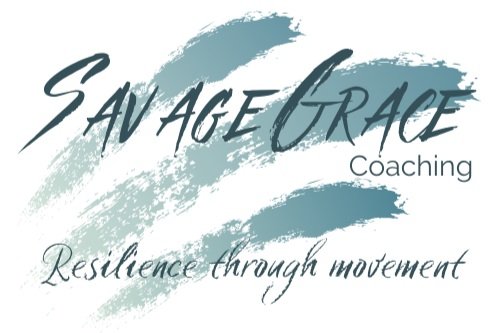
Welcome to The Work IN!
The myth of safe spaces
I teach people how to hold space as part of trauma informed coaching and instruction. The purpose of holding space in that way is to create enough safety to calm the nervous system. Why would we want to do that? To find common ground, to be able to speak to each other from a place of bi directional tolerance and understanding, to be able to listen to each other, to be able to learn from one another. Notice I didn’t say to always agree with one another. I think it’s ok that we disagree sometimes. But I want to be very clear here. Being trauma informed and following these principles does not mean that you won’t trigger someone or that they won’t get offended. As an instructor or coach (or just a regular person) you can’t be held responsible for anyone else's emotions or experiences. That’s not what trauma informed means. In order to hold space for others and truly be trauma informed you need to create your own internal safe space that is stable and untouchable. A deep calm so that when things go sideways you know which way is up.
Three magic words to go from hobby to household name
The real magic, the secret to any business success actually comes behind the scenes through the work you do on yourself to set the stage for your business. Without it you and your message can get lost in confusion and overwhelm.
The only skill you need
There’s only one skill you need to master if you’re going to succeed in the fitness industry (or any industry really) and it has nothing to do with sets and reps, macros and calorie balance, alignment or movement modifications. You can be an expert in all those things but it means nothing if you can’t safely self regulate your nervous system. Wellness work is based on relationships. Physical, mental and emotional dysregulation is the fastest way to kill personal and professional relationships and guarantees burnout.
Where’s the door
For many of us establishing strong boundaries is an ongoing evolutionary process. I have heard so many clients, mostly women, and colleagues, again mostly women, complain about a lack of boundaries and how they struggle to stick to them. There’s definitely a lot to unpack there for women. We could blame the patriarchy, “good girl” syndrome, people pleasing, codependency, imposter syndrome…really any and all the cultural things out there. But I believe a big part of our problem setting boundaries is actually in our understanding of what a boundary is. And what it should do for us.
Cold turkey behavior change
Isn’t it interesting to note how many of us in wellness come to it through some kind of struggle with food and body image?
That is the crux of this diet culture - our relationship with food.
One might think fit pros SHOULD have their act together when it comes to nutrition we’re human too. We survive the same trauma to get here as everyone else. And just because you are athletic when you’re young or look fit now doesn’t mean you’ve got it all figured out. In fact when it comes to disordered eating and eating disorders Athletes are far more likely to suffer from some kind of body dysmorphia or eating disorder than non athletes at any age.
What that means is we’re all in it together.
Adding value without breaking the bank
Fitness. It’s a great career for many reasons. One of them is the low cost of entry. Most fitness certifications are fairly inexpensive compared to a 4 year degree. But all of them require some kind of continuing education to maintain. If you’ve been in the industry for any length of time you’ll find that a lot of what’s offered for cec’s while excellent information may not align with the kinds of things your clients need.






